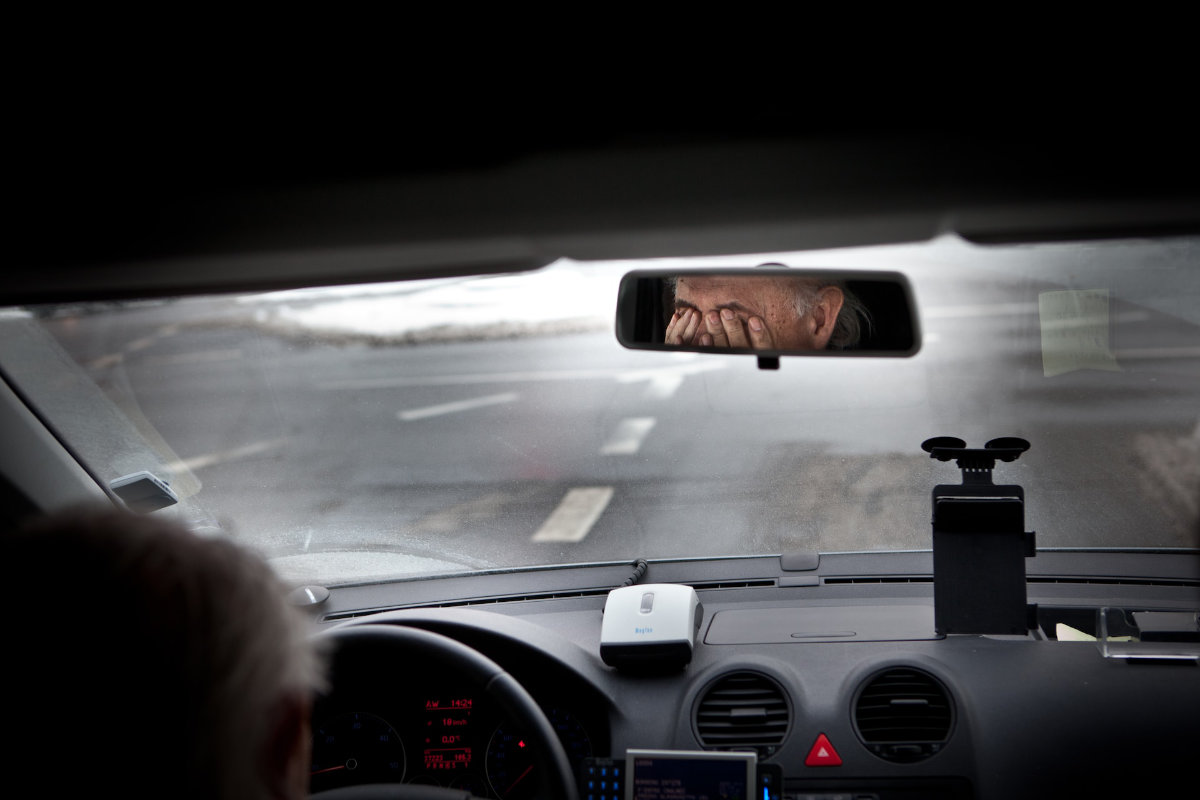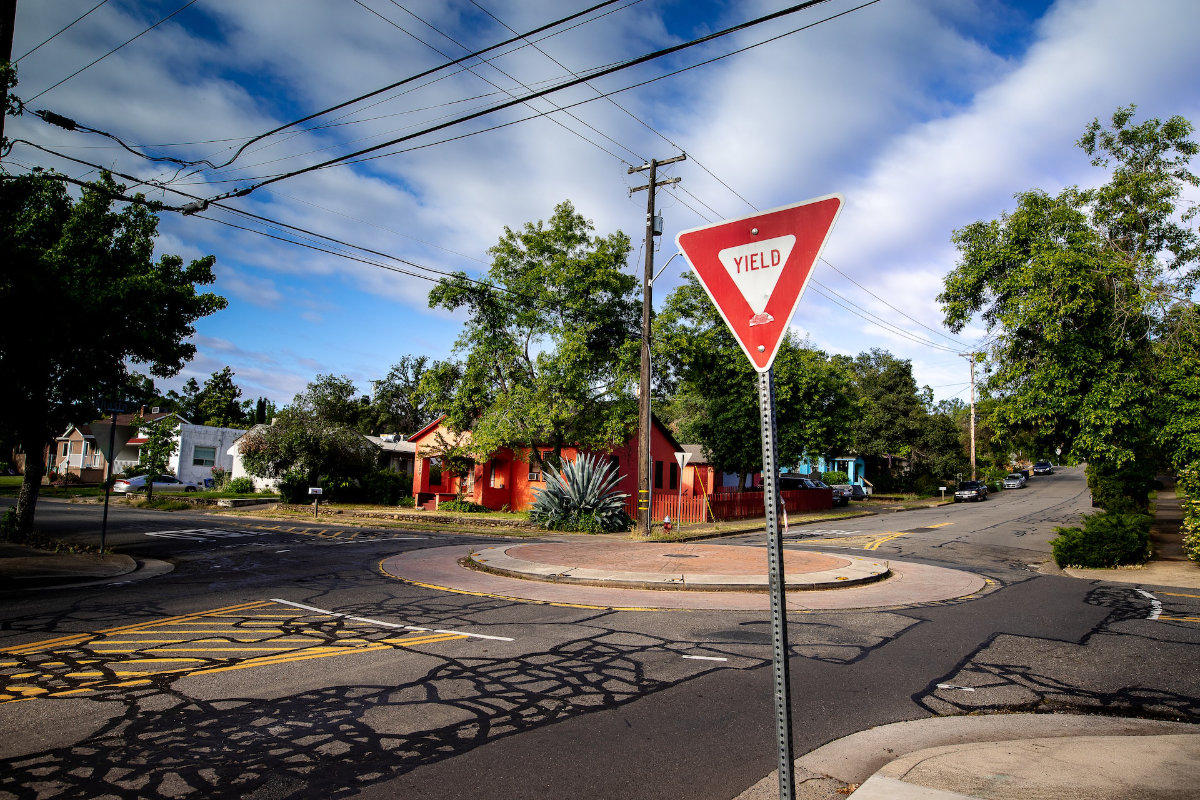The Impact of Negligence in Los Angeles Car Accidents
Whether you've been injured in an accident, are dealing with a personal injury claim, or facing another legal issue, Mendez & Sanchez APC is here to fight for you. Contact us today for a free, no-obligation consultation.
Call Us Now
Car accidents can be devastating for everyone involved, and often lead to serious injuries or even death. When someone is involved in a car accident, one of the first things that comes to mind is determining who was at fault. In legal terms, this is referred to as negligence.
Negligence is defined as the failure to exercise reasonable care, resulting in harm or injury to another person. In the context of a car accident, negligence can take many forms. In this blog, we will explore the different types of negligence that can occur in a car accident, how they are committed, their consequences, how to avoid them, and what to do in case of an accident.

Types of Negligence in a Car Accident
1. Distracted Driving - Distracted driving is one of the leading causes of car accidents in the United States. It occurs when a driver is not paying attention to the road due to various reasons such as texting, talking on the phone, eating, or applying makeup. Distracted driving is a form of negligence because the driver has a duty to pay attention to the road and avoid causing harm to others.
2. Speeding - Speeding is another common form of negligence in car accidents. It occurs when a driver is driving at a speed that is above the legal limit or driving too fast for the current road conditions. Speeding can lead to loss of control of the vehicle, making it difficult to stop or maneuver the car.
3. Drunk Driving - Drunk driving is a serious form of negligence that can have catastrophic consequences. It occurs when a driver operates a vehicle while under the influence of drugs or alcohol, impairing their ability to make good decisions and control the car.
4. Reckless Driving - Reckless driving occurs when a driver engages in dangerous driving behavior that puts others at risk. Examples include running red lights, cutting off other drivers, weaving in and out of traffic, and tailgating.
5. Failure to Yield - Failure to yield occurs when a driver fails to yield the right of way to another vehicle, pedestrian, or bicyclist. This can occur at intersections, crosswalks, or when merging onto a highway.
6. Fatigued Driving - Fatigued driving is a form of negligence that occurs when a driver operates a vehicle while feeling excessively tired or drowsy. This can lead to slower reaction times, impaired judgment, and even falling asleep at the wheel. Studies have shown that fatigued driving can be just as dangerous as drunk driving.
7. Improper Vehicle Maintenance - Negligent vehicle maintenance can lead to serious car accidents. This includes failing to replace worn tires or brakes, ignoring warning lights on the dashboard, and neglecting routine maintenance such as oil changes. When a vehicle is not properly maintained, it can become unsafe to operate and increase the risk of a collision.
8. Tailgating - Tailgating occurs when a driver follows too closely behind another vehicle. This form of negligence can be dangerous because it reduces the driver's ability to stop suddenly or avoid an accident. Tailgating is a common cause of rear-end collisions, which can result in serious injuries.
9. Improper Lane Changes-Improper Lane changes occur when a driver changes lanes without checking blind spots or using signals. This can lead to collisions with other vehicles, especially when drivers are traveling at high speeds. Improper lane changes are a form of negligence because they put other drivers at risk of injury or death.
10. Weather-related Accidents - Weather-related accidents are a common form of negligence that occur when drivers fail to adjust their driving to the current weather conditions. This can include driving too fast for the rain, not leaving enough space between vehicles on icy roads, or failing to use headlights in low visibility conditions. Negligent driving in adverse weather conditions can increase the risk of accidents and injuries.

Consequences of Negligence in a Car Accident
Negligence can have serious consequences in a car accident. The consequences can range from minor injuries to death, depending on the severity of the accident. Victims of car accidents caused by negligence may suffer physical injuries, emotional trauma, and financial losses.
Physical injuries can include broken bones, whiplash, spinal cord injuries, traumatic brain injuries, and even paralysis. Emotional trauma can include anxiety, depression, post-traumatic stress disorder (PTSD), and other psychological conditions. Financial losses can include medical bills, lost wages, and property damage.

Avoiding Negligence in a Car Accident
Safe driving habits are key to avoiding negligence in a car accident. Here are some tips to help you stay safe on the road:
1. Stay Focused: Avoid distractions such as using your phone or eating while driving. Keep your eyes on the road, your hands on the wheel, and your mind focused on driving.
2. Obey Traffic Laws: Follow speed limits, traffic signals, and road signs. Be aware of your surroundings and adjust your speed accordingly.
3. Don't Drink and Drive: Never operate a vehicle if you've consumed alcohol or drugs that impair your ability to drive. Plan and designate a sober driver or use a ride-sharing service.
4. Avoid Reckless Driving: Be patient and courteous on the road. Avoid behaviors like tailgating, weaving in and out of traffic, or cutting off other drivers.
5. Yield the Right of Way: Be aware of other vehicles, pedestrians, and bicyclists on the road. Yield the right of way when necessary, such as when merging onto a highway or turning left at an intersection.
6. By practicing safe driving habits, you can help reduce the risk of car accidents caused by negligence. Remember, safety on the road is a shared responsibility, and every driver can make a difference in keeping our roads safe.
What to Do if You Are Involved in a Car Accident
If you are involved in a car accident, the first thing to do is to ensure your safety and the safety of others involved. Call 911 immediately if anyone is injured and stay at the scene of the accident until help arrives.
Exchange contact information with the other driver, including their name, phone number, and insurance information. Take photos of the accident scene and any damage to the vehicles involved. It is also important to contact a car accident lawyer, such as a Los Angeles car attorney, to help you navigate the legal process and protect your rights.
A car accident lawyer can help you understand your legal options, including filing a personal injury claim to seek compensation for your injuries, damages, and losses. They can also negotiate with insurance companies on your behalf to ensure you receive a fair settlement.
In summary, negligence is a common cause of car accidents in the United States, and can take many forms including distracted driving, speeding, drunk driving, reckless driving, and failure to yield. Negligence can have serious consequences, including physical injuries, emotional trauma, and financial losses. To avoid negligence, it is important to practice safe driving habits. If you are involved in a car accident, seek medical attention immediately and contact a car accident lawyer to protect your legal rights and seek compensation for your losses.



